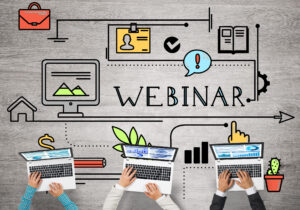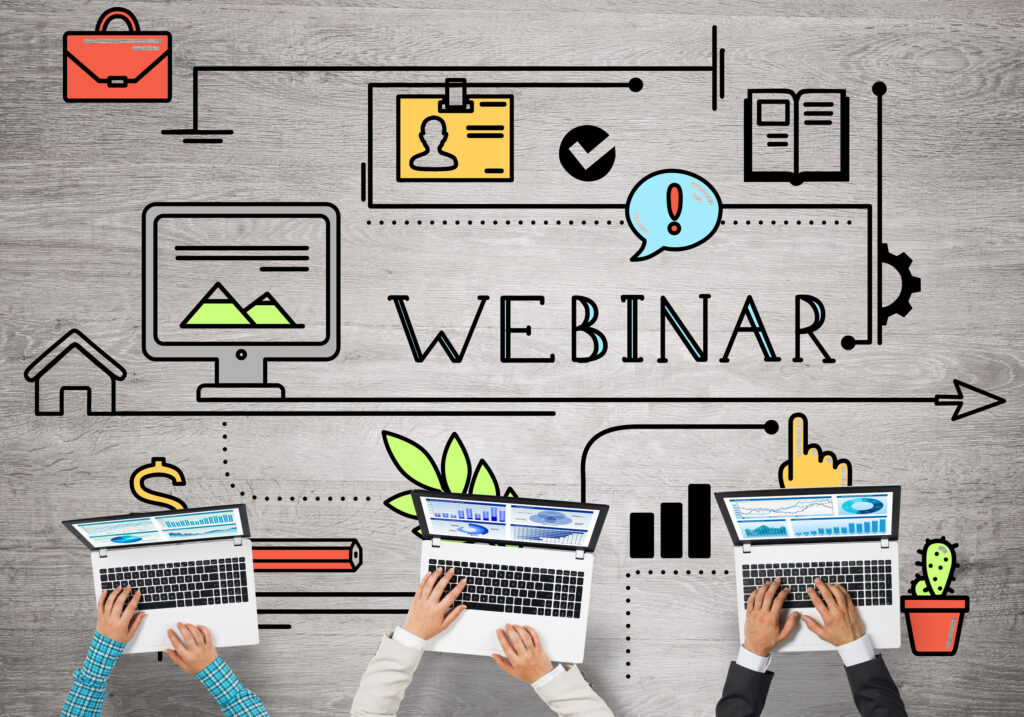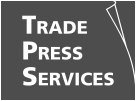
Webinars are one of the most effective tools in a B2B marketer’s toolkit. About three-quarters of B2B teams consider webinars one of the best ways to generate high-quality leads.
At the same time, marketing efforts achieve maximum ROI only when webinars are thoughtfully tailored to the buyer’s journey. Some teams default to one type of webinar, wondering why attendance is low or leads don’t convert to paid customers.
Different webinar formats address various goals, and understanding those differences is the first step toward better engagement, shorter sales cycles, and more qualified leads.
Types of Webinars and When to Use Them
For webinars to be truly effective, they need to meet prospects where they are. The topic, format, and timing must align with the buyer’s stage in the journey, or risk missing the mark.
Lead Generation Webinars (Awareness Stage)
At the top of the funnel, buyers aren’t looking for a sales pitch. They’re looking for insights. In fact, 78 percent of leads say they won’t register for a webinar that feels overly promotional.
Lead generation webinars help companies attract the right prospects by offering problem-solving content that builds trust and authority.
- Goal: Attract new contacts and position your brand as a problem-solver.
- Best for: Building brand awareness and authority, growing email subscribers, sparking interest
- Formats to try: Educational or trend-based sessions, expert panel discussions with influencers or clients
Example: A cybersecurity firm hosts “The Future of Data Protection in Financial Services,” featuring three industry CISOs.
Pro Tip: Continue generating leads after the webinar by gating the recording. Upload it to a platform that supports lead capture, place it behind a landing page form, and track viewer engagement to identify high-intent prospects.
Product Demo Webinars (Consideration Stage)
Once buyers recognize a problem, they begin exploring solutions. Product demo webinars let brands showcase real-world use cases, helping prospects see the product in action. This makes it easier for B2B prospects to visualize how a solution fits into their specific workflows, tech stacks, or organizational challenges before they commit.
- Goal: Showcase how your product or service solves specific challenges.
- Best for: Converting existing leads, supporting sales conversations, nurturing interest
- Formats to try: Live walkthroughs of your platform, use-case specific demos (by industry or department)
Example: A project management platform runs weekly demos, one for agencies, one for enterprise IT teams, customizing the content for each audience.
Pro Tip: Use live Q&As to gather objections and feed those into sales follow-ups.
Customer Success Webinars (Post-Sale and Retention Stage)
Keeping existing customers happy is more profitable than chasing new ones. Customer success webinars drive loyalty and expansion by helping users unlock more value, boosting onboarding, feature usage, and long-term success.
- Goal: Retain and expand existing accounts by creating more value.
- Best for: Onboarding, feature adoption, renewals, upselling
- Formats to try: Onboarding walkthroughs for new users, deep dives and “Ask Me Anything” sessions
Example: A SaaS company reduced support tickets by 20 percent after launching a monthly customer webinar series covering new features and tips.
Pro Tip: Co-host with your customer success team. Track attendance and usage for upsell opportunities.
Thought Leadership Webinars (Brand Building/Awareness Stage)
To break through the noise, it is important for brands to earn trust to gain attention. Thought leadership webinars allow executives and experts to share bold ideas and timely insights, building credibility with decision-makers.
- Goal: Build credibility and affinity with key decision-makers.
- Best for: Expanding visibility, engaging executive audiences, showcasing differentiation from competitors
- Formats to try: Fireside chats with analysts, executives, or industry voices; debates or discussions around major market shifts
Example: A data analytics firm hosts “Where AI Is Really Headed,” featuring analysts and a client CEO. The recording is turned into a podcast, white paper, and blog series.
Pro Tip: Use these sessions as a springboard for repurposing content across your channels.
Co-Branded Webinars (Consideration/Decision Stage)
Partnerships amplify everything, especially audience reach. Co-branded webinars allow companies to build credibility while attracting high-intent leads from their partners’ ecosystems.
- Goal: Leverage another company’s audience to expand reach and build credibility.
- Best for: Strategic alliances, ecosystem marketing, reaching new verticals
- Formats to try: Joint solution demos or integrations, customer success stories involving both companies
Example: Email marketing and ecommerce platforms co-host “How to Grow Your Ecommerce Business Using Email Marketing and Shopify.”
Pro Tip: Follow up with an exclusive joint offer (“Try our email platform and ecommerce tool free for 30 days”) to encourage product adoption.
Guest Webinars (Awareness/Consideration Stage)
Not every team has the resources to host their own webinars. Guest appearances at other brands’ events provide a shortcut to visibility and authority, helping brands show up where their buyers already are.
- Goal: Expand your reach by speaking on other companies’ or organizations’ webinars.
- Best for: Startups, consultants, or marketing teams wanting to grow awareness without the cost of hosting
- Formats to try: Industry panels or virtual roundtables, executive Q&As or fireside chats, co-marketing sessions with vendors or ecosystem partners
Example: A fractional CMO is invited to speak on a marketing technology vendor’s webinar about lead generation.
To identify opportunities as a webinar guest, search LinkedIn for keywords like “webinar,” “panel,” or “roundtable.” Then, filter by industry or role to spot opportunities within your niche.
Also, research and consider industry associations for possible webinar guest engagements. For example, MarketingProfs, TechTarget, and CIO regularly run guest-based webinars. Check the events or webinar tabs on brand websites to identify potential partners.
Partner networks offer additional sources for webinar guesting. Offer to co-present on upcoming webinars with vendors or service partners.
Podcast hosts are another valuable resource, since some B2B podcast creators repurpose their content into live events. Reach out with a short pitch that adds value and offers a topic where you can provide unique expertise.
For teams that lack the time to research, vet, and pitch webinar hosts, consider partnering with a marketing firm or speakers’ bureau. These experts can help identify high-fit webinars in your niche, handle outreach and positioning, and book your leadership team as panelists or guest experts.
Pick the Right Format, Not Just the Right Topic

Webinars are most effective when tailored to the right audience and aligned with specific buyer intent. Whether it’s a product demo, a thought leadership panel, or a guest appearance, webinars should be treated as a strategic part of a broader multichannel content plan, not as isolated events.
By hosting webinars and participating as guests on other platforms, B2B teams can expand their reach, accelerate sales cycles, and maintain visibility throughout the buyer journey.

